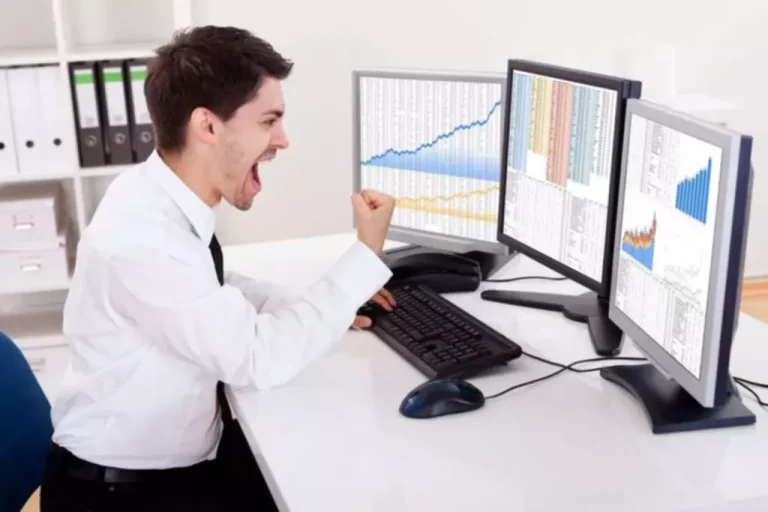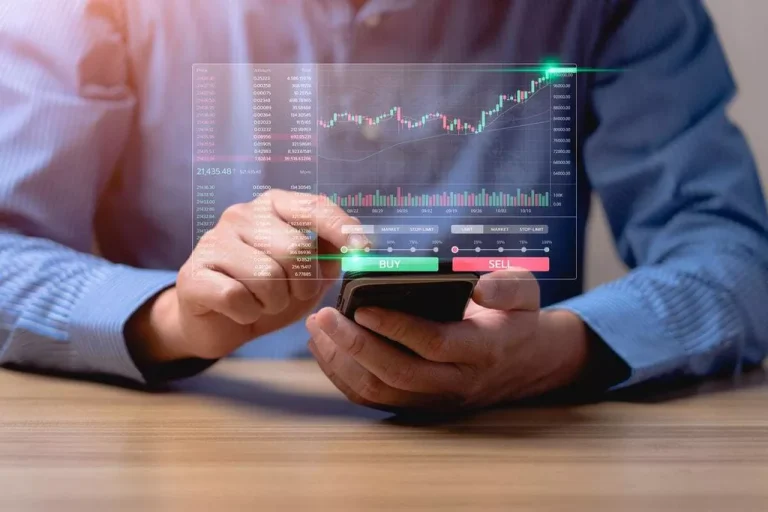Content
Others maintain the optimal way for buy-side firms to access the bilateral liquidity Peer-to-peer model is via specialist brokers which retain independence. These firms act as a bridge for clients to access liquidity from the ELPs – and therefore obtain high quality liquidity and improved pricing. This could include competing bids and offers from the likes of XTX and potentially others from the ELP peer group.
Buy Side Liquidity Forex: Spotting Entry Points
- It serves not just as a metric of trade volume but as the linchpin in forecasting the ebbs and flows of price trajectories.
- One key aspect of ICT is identifying institutional footprints within the markets, which involves closely monitoring the actions of big players, such as market makers and hedge fund firms.
- Buyside liquidity represents the availability of buyers in the market, including individual traders, institutional investors, corporations, and central banks, who actively seek to purchase foreign currencies.
- Price can consolidate above or below the level for a while though and it will still be considered a liquidity sweep once it trades back above or below the liquidity level.
- One day, the vice president of equity sales at a leading investment bank or private equity firm contacts the portfolio manager, informing them about an upcoming IPO by a prominent alternative energy company.
Meanwhile, during this period, industry experts say that Optiver is leading the recent growth in offering bilateral liquidity directly to the buy side. The trend of trading directly with market makers began in the ETF market and single stock options desks through a request-for-quote (RFQ) mechanism. A wealthy individual worth millions of dollars is looking to invest a significant portion of his capital. Hypothetical performance results have many inherent limitations, some of which are described https://www.xcritical.com/ below. One of the limitations of hypothetical performance results is that they are generally prepared with the benefit of hindsight. In addition, hypothetical trading does not involve financial risk, and no hypothetical trading record can completely account for the impact of financial risk of actual trading.
What is the impact of Buy Side Trading on Forex market dynamics?
These individuals perform research and make recommendations to the money managers of the fund that employs them. Traders can spot entry points by monitoring areas with significant buy side liquidity forex accumulations, particularly above market highs. These points may indicate upcoming bullish momentum and could provide attractive entries for long buy side liquidity vs sell side liquidity positions. Similarly, by observing institutional behavior and market reactions to these liquidity levels, traders can determine strategic points to enter the market.
The Difference Between Sell-Side and Buy-Side M&A
Liquidity in the Forex market serves as the bedrock upon which price movements and trading strategies are based. Different types of liquidity play distinct roles, influencing how trades are executed and trends are established. A nuanced understanding of these differences is crucial for traders aiming to navigate the intricacies of Forex markets effectively. The Buy Side refers to firms that purchase securities and includes investment managers, pension funds, and hedge funds. The Sell-Side refers to firms that issue, sell, or trade securities, and includes investment banks, advisory firms, and corporations.
Popular sell-side firms are Goldman Sachs, Barclays, Citibank, Deutsche Bank, and JP Morgan. Check out our list of top 100 investment banks, as well as boutique banks and bulge bracket banks. As we know, liquidity lies where an influx of stops are located, and once those stops are taken out, the price can continue in the direction it was previously going. For traders who are used to utilizing chart patterns, Inducement can be seen in the formation of bull and bear flags.
This could lead to more lucrative offers and smoother negotiations, culminating in a more favorabledeal outcome. Whether you’re on the buy-side or the sell-side, comprehending the liquidity of a business serves as a compass, guiding you through the labyrinth of deal-making. A strong grasp of liquidity nuances enables you to make strategic decisions that match the short-term and long-term financial health of your firm. Price goes below this level, consolidates, and comes back up above the level. This is considered a sweep of liquidity and you should now have a bullish bias in the market or look for long trade opportunities.
This gap indicates an inefficiency in the market that may be filled by future price action. Traders often look for FVGs as potential areas where the price might retrace, offering entry opportunities in the direction of the new trend. During this phase, the price is pushed above the buyside liquidity, often causing a “fake-out” or a false breakout. This manipulation is designed to trigger stop-loss orders placed above the market, thereby providing liquidity for larger players to enter or exit positions.

They may earn bonuses based on the revenue generated from their research through trading commissions or investment banking deals rather than direct investment performance. Buy-side companies make money by buying low and selling high trade activities. For instance, a buy-side analyst who is monitoring the price of a technology stock observes a drop in the price, as compared to other stocks, yet the tech company’s performance is still high. The analyst may then make an assumption that the tech stock’s price will increase in the near future. Based on the analyst’s research, the buy-side firm will make a buy recommendation to its clients. Sellside Liquidity (SSL) refers to the price levels where a large amount of pending sell orders are placed.

As buy-side traders cope with fragmented liquidity and stagnant volumes in the continuous, lit European equity markets, institutions have forged direct relationships with market makers as an alternative channel. Providers and clients need to have running conversations about how best to interact with differing liquidity to get the best results. For instance, the detailed understanding a buy-side firm will have of its own trading activity can be combined with the wider perspective and access to data that a sell-side firm has.
Companies can borrow as much as 90% of the equity needed for the deal, putting up as little as 10% of the deal price. On the sell side, companies are looking to create liquidity, build relationships and raise capital. The sell side is all about promoting, generating interest and getting buyers.
It represents a level on the chart where long-biased traders will place their stops. In both cases, these levels are often found at or near extremes as the tops and bottoms of ranges are often viewed as areas where traders are ‘proven wrong’ and, therefore, will want to get out of their trades. ICT is based on market structure analysis, liquidity areas, trading volumes, and other variables to determine the best trade entries. The ultimate goal of ICT traders is to emulate the behaviour of institutional investors, also known as “smart money” players, in order to achieve consistent and profitable results.
Swift engagements with liquidity pools might trigger immediate price slippage, hence altering trade outcomes. The buy-side of the capital markets consists of professionals and investors with funds available to purchase securities. These securities can range from common and preferred shares to bonds, derivatives, and other financial spin-offs issued by the sell-side entities. Buy-side jobs have a performance bonus element (a carried interest in private equity or the 2-and-20 structure in hedge funds), which can lead to significant upside potential income if the investments perform well. These counter-trend moves are the results of lower time frame liquidity hunting.
Some traders may also apply these techniques to other investment instruments, such as equities and commodities. ICT traders monitor the market sessions and look for specific times when trading volume is high enough to move prices quickly. This time is known as the “killzone,” and it’s where traders like to place their buy or sell orders.

